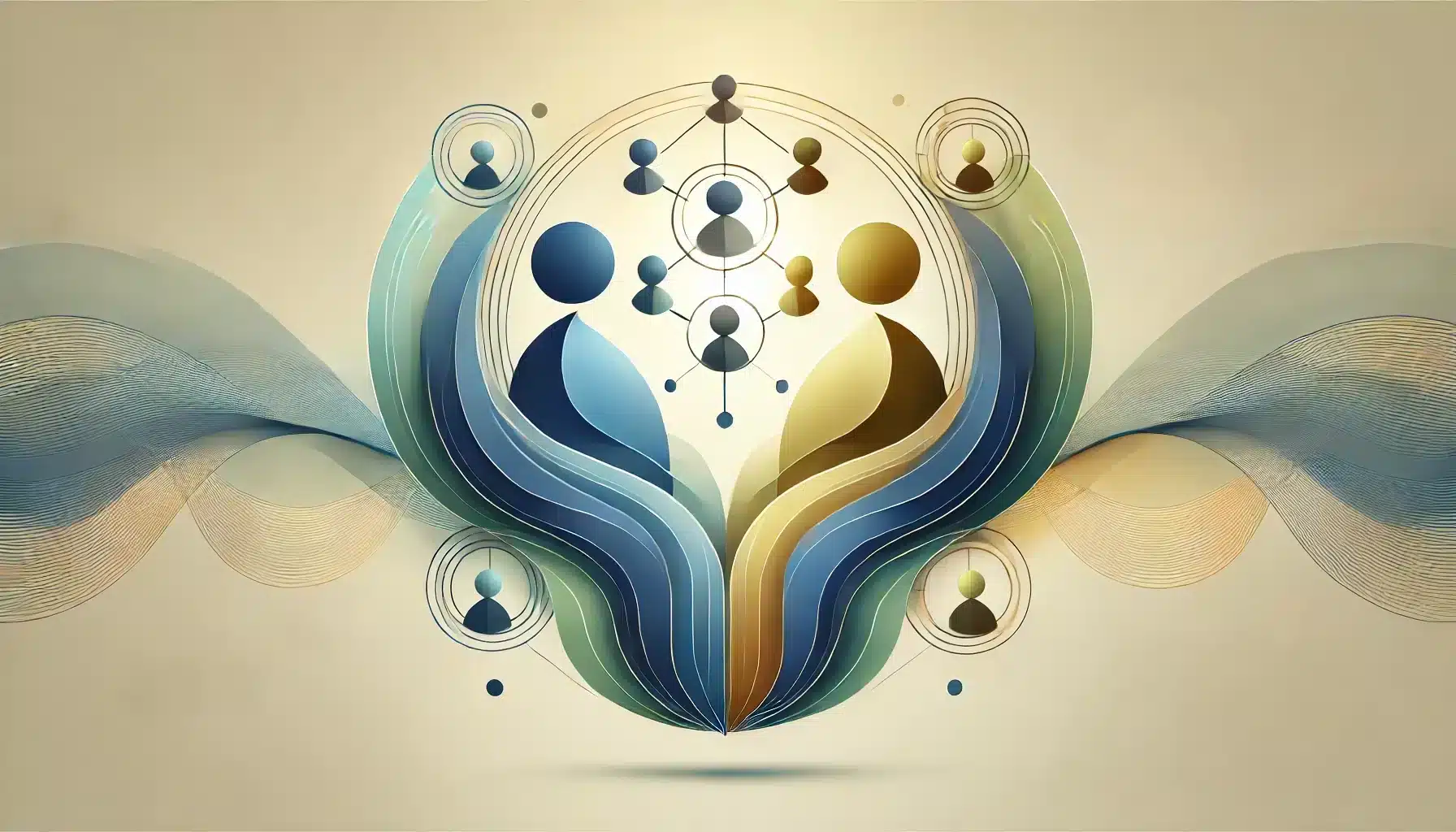What is Community Manager Appreciation Day?
Community Manager Appreciation Day (CMAD), observed annually on the fourth Monday of January, is a day dedicated to celebrating the vital contributions of community managers. These professionals are the backbone of both online and offline communities, fostering engagement, nurturing connections, and enhancing the overall experience for members and customers.
Created to recognize their hard work and often behind-the-scenes efforts, this day highlights the importance of community managers in building strong, connected, and supportive networks.
History and Origin
CMAD was established in 2010 by social media expert Jeremiah Owyang to honor the growing role of community managers in the digital age. As social media and online platforms became central to customer engagement, community managers emerged as essential professionals who facilitate communication, address concerns, and cultivate loyalty among users.
The day has since evolved into a global observance, bringing attention to the significant impact community managers have on businesses, organizations, and the communities they serve.
Who Celebrates Community Manager Appreciation Day?
- Community Managers: Professionals dedicated to building, moderating, and growing online and offline communities.
- Organizations and Businesses: Companies that rely on community managers to enhance brand loyalty and customer satisfaction.
- Community Members: Individuals who benefit from the efforts of community managers in creating engaging and supportive spaces.
- Professional Associations: Groups that advocate for and support the development of the community management profession.
- Social Media Enthusiasts: Users who recognize the value of community managers in maintaining vibrant digital platforms.
Themes and Slogans
CMAD is built around themes of appreciation, connection, and engagement. It emphasizes the importance of celebrating those who keep communities thriving.
Popular slogans for the day include “Celebrating the Heart of Our Communities” and “Thank You, Community Managers!” These phrases encapsulate the gratitude and acknowledgment community managers deserve for their hard work.
Colors, Symbols, and Patterns
Colors:
- Blue: Representing trust, communication, and calm leadership.
- Green: Symbolizing growth, development, and connection.
- Orange: Denoting enthusiasm, creativity, and warmth.
Symbols:
- Speech Bubbles: Reflecting communication and engagement.
- Linked Circles: Representing interconnectedness and collaboration.
- Hearts: Signifying appreciation and care for community managers.
Patterns:
- Network Diagrams: Depicting the interconnected nature of communities.
- Circular Motifs: Emphasizing inclusivity and unity.
- Hands Clasped Together: Representing collaboration and support.
How to Celebrate Community Manager Appreciation Day
- Express Gratitude: Send thank-you messages or notes to community managers to acknowledge their efforts.
- Organize Events: Host webinars, meetups, or virtual gatherings to celebrate community managers and their achievements.
- Share on Social Media: Use hashtags like #CMAD or #CommunityManagerAppreciationDay to highlight their importance.
- Offer Professional Development: Provide resources, training, or opportunities for community managers to grow in their field.
- Celebrate Success Stories: Share testimonials or case studies showcasing the impact of community managers on communities and organizations.
Most Used Hashtags
- #CMAD
- #CommunityManagerAppreciationDay
- #CMGR
- #ThankACommunityManager
- #CommunityBuilding
Why is Community Manager Appreciation Day Important?
Community Manager Appreciation Day is crucial for recognizing the tireless efforts of community managers who act as mediators, supporters, and advocates. They create safe spaces for communication, resolve conflicts, and foster loyalty among members and customers.
By celebrating this day, organizations and community members shine a light on the value of effective community management, reinforcing the importance of connection, inclusivity, and meaningful engagement in today’s digital and physical spaces.
Features
- Career and job
